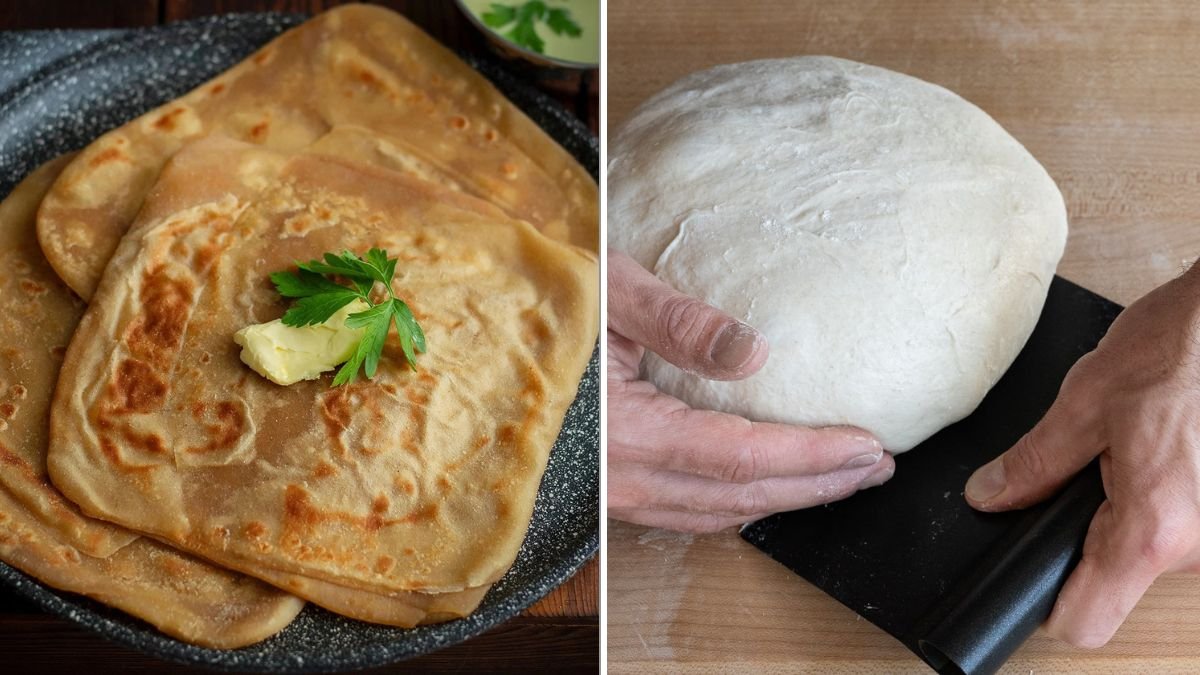Stuffed vegetable parathas are a delicious, wholesome, and versatile Indian flatbread that can be enjoyed for breakfast, lunch, or dinner. These golden, soft, and flaky breads are stuffed with a nutritious mix of vegetables and spices, making them both tasty and healthy. Whether you are looking for a light meal or a hearty snack, stuffed vegetable parathas are perfect.
Making perfectly soft and flavorful parathas requires the right technique—from kneading the dough to preparing a well-spiced vegetable filling and cooking them to golden perfection. This guide provides a 6-step approach to making stuffed vegetable parathas that are soft, flaky, and bursting with flavor.
Ingredients You’ll Need
The beauty of stuffed vegetable parathas is their versatility. You can use any combination of vegetables, herbs, and spices. Here’s a classic version:
For the Dough:
- 2 cups whole wheat flour (atta)
- 1/2 teaspoon salt
- 1 teaspoon oil or ghee
- Water as needed (about 3/4 cup)
For the Vegetable Filling:
- 1 small carrot, finely grated
- 1/2 cup beans, finely chopped
- 1/2 cup peas, boiled
- 1 medium potato, boiled and mashed
- 1 small capsicum or bell pepper, finely chopped
- 1 small onion, finely chopped
- 2 green chilies, finely chopped (optional)
- 1 teaspoon grated ginger
- 1/2 teaspoon cumin seeds
- 1/2 teaspoon red chili powder
- 1/2 teaspoon garam masala
- Salt to taste
- 2 tablespoons fresh coriander leaves, chopped
- Optional: 1/4 teaspoon amchur powder (dry mango powder) for tang
For Cooking:
- Ghee or oil for frying
Step 1: Preparing the Dough
A soft and pliable dough forms the base of parathas and ensures they are soft and easy to roll.
Instructions:
- In a large bowl, combine whole wheat flour and salt.
- Add 1 teaspoon of oil or ghee to make the dough soft.
- Gradually add water, kneading into a smooth, pliable dough.
- Cover with a damp cloth and let it rest for at least 20–30 minutes.
Tips:
- Resting the dough allows gluten to relax, which makes rolling easier and the parathas softer.
- Avoid stiff dough; it can make the parathas hard.
Step 2: Preparing the Vegetable Filling
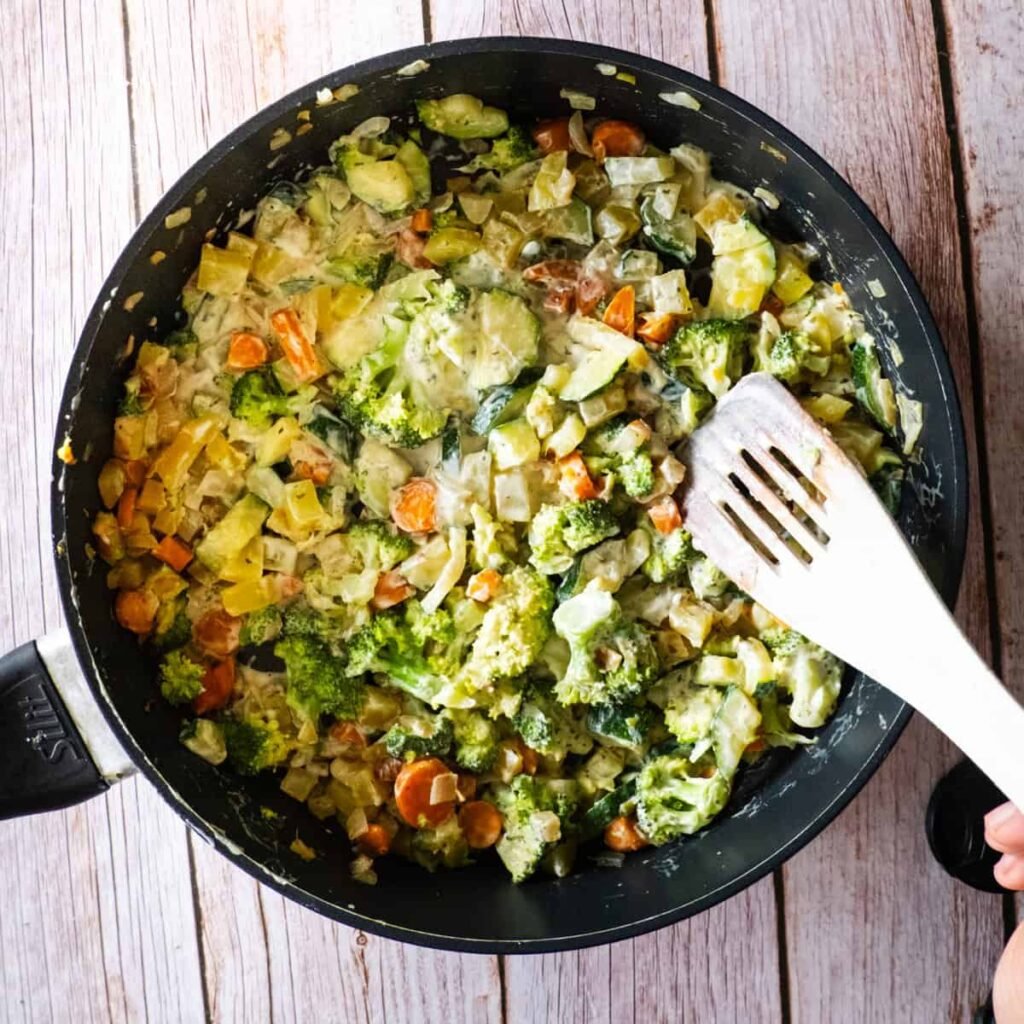
The vegetable filling should be well-cooked, finely chopped, and properly seasoned for maximum flavor.
Instructions:
- Boil or steam hard vegetables like carrots, beans, and potatoes until tender. Drain excess water.
- Mash potatoes and combine with other vegetables.
- Add chopped onions, green chilies, and capsicum.
- Mix in ginger, cumin seeds, red chili powder, garam masala, salt, and coriander leaves.
- Optional: Add amchur powder or a pinch of chaat masala for tanginess.
Tips:
- Ensure the mixture is not too watery; excess moisture can make stuffing difficult and parathas soggy.
- Taste and adjust seasoning before stuffing.
Step 3: Dividing and Shaping the Dough
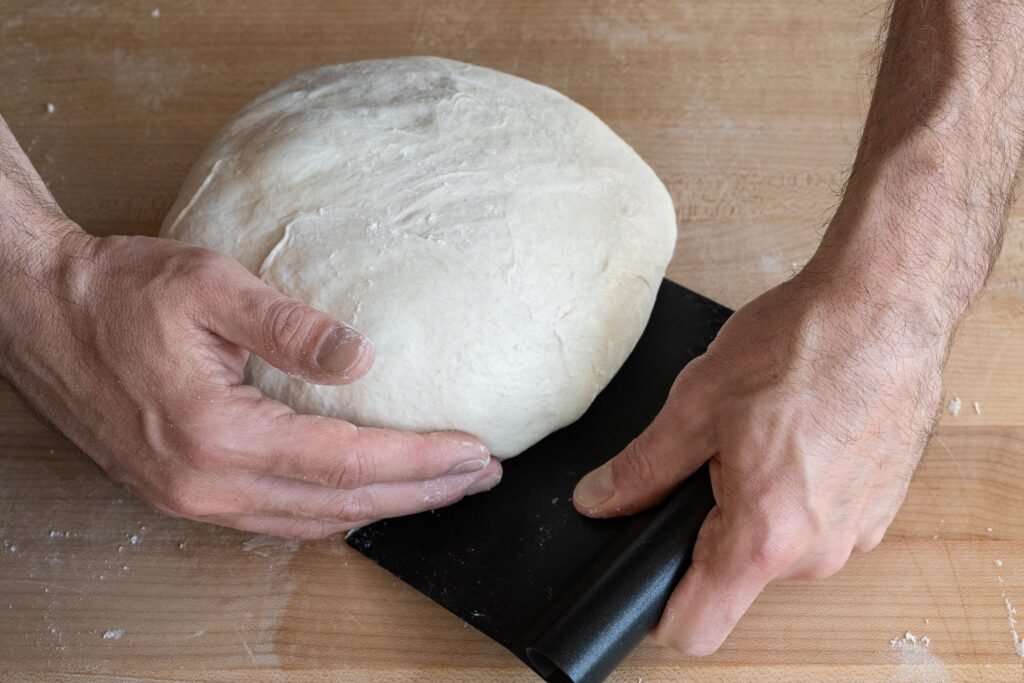
Dividing the dough and shaping it properly ensures even-sized parathas for consistent cooking.
Instructions:
- Divide the rested dough into equal-sized balls, roughly the size of a golf ball.
- Roll each dough ball into a small disc, about 4 inches in diameter.
Tips:
- Lightly dust the rolling surface with flour to prevent sticking.
- Keep the dough balls covered to avoid drying out.
Step 4: Stuffing the Paratha
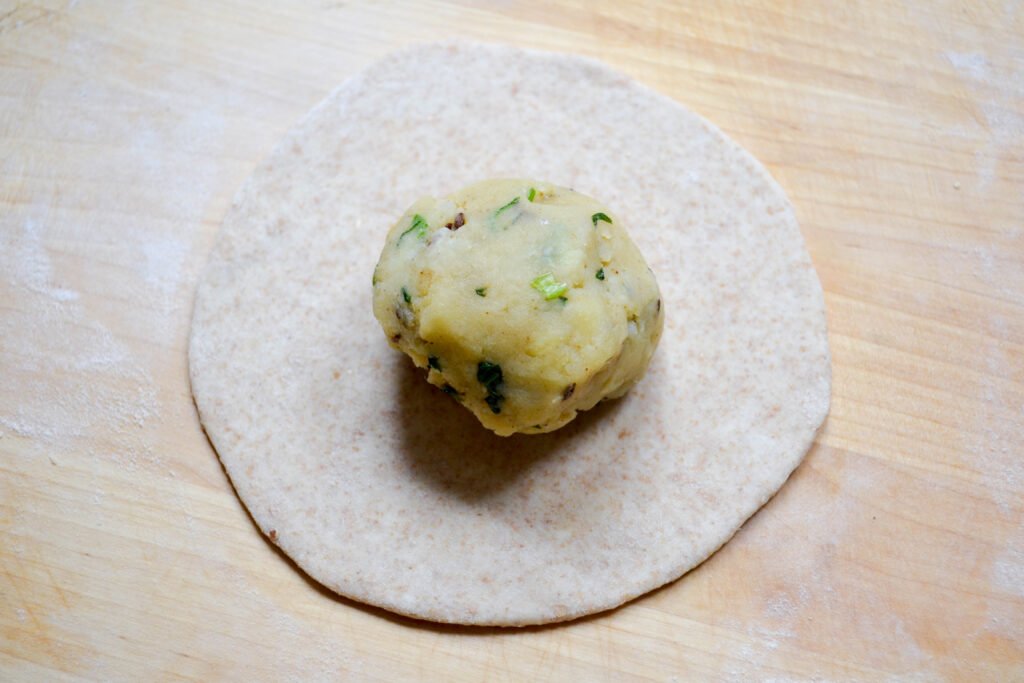
Proper stuffing is crucial to ensure the filling stays inside and the paratha cooks evenly.
Instructions:
- Place a portion of the vegetable filling in the center of the rolled dough disc.
- Bring the edges together and pinch to seal completely.
- Gently flatten the stuffed ball and roll it carefully into a circle, 6–7 inches in diameter, without pressing too hard.
Tips:
- Rolling gently prevents the filling from spilling out.
- Use flour sparingly; too much can make the paratha tough.
Step 5: Cooking the Paratha
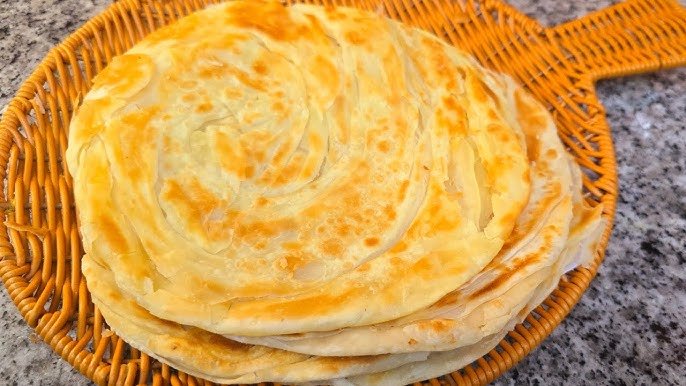
Cooking at the right temperature ensures golden, flaky, and soft parathas.
Instructions:
- Heat a tawa or non-stick pan over medium heat.
- Place the rolled paratha on the hot surface and cook for 1–2 minutes until small bubbles appear.
- Flip the paratha and apply a little ghee or oil on the cooked side. Cook for 1–2 minutes.
- Flip again, apply ghee on the other side, and cook until both sides are golden brown with slight crispy spots.
- Press gently with a spatula to ensure even cooking.
Tips:
- Medium heat is key; high heat can burn the paratha while leaving it undercooked inside.
- Do not overcook; soft parathas are achieved by cooking gradually.
Step 6: Serving the Parathas
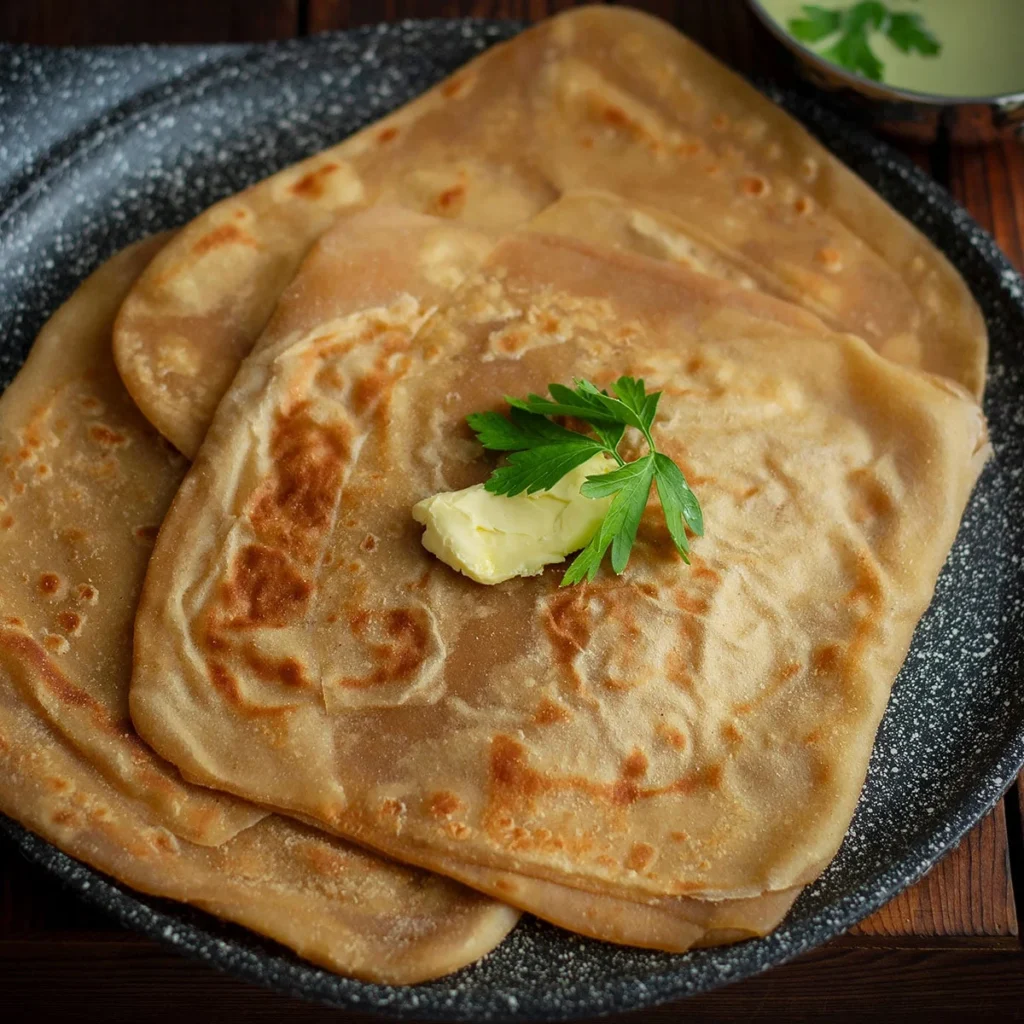
Presentation and accompaniments elevate the paratha experience.
Instructions:
- Serve the stuffed vegetable parathas hot.
- Accompany with yogurt, pickles, chutney, or a dollop of butter.
- Optionally, sprinkle some chopped coriander leaves or a pinch of chaat masala on top.
Tips:
- Parathas are best served immediately while warm and soft.
- Wrap in a clean cloth to keep them warm if serving later.
Additional Tips for Perfect Stuffed Vegetable Parathas
- Vegetable Variety: Use seasonal vegetables like zucchini, spinach, or beetroot for flavor and nutrition.
- Spice Balance: Adjust green chilies, chili powder, and garam masala according to your preference.
- Soft Dough: Oil or ghee in the dough and proper resting time ensure softness.
- Avoid Excess Flour While Rolling: Too much flour can make parathas hard instead of soft.
- Cooking Technique: Medium heat and even ghee application result in golden, flaky parathas.
Health Benefits of Stuffed Vegetable Parathas
- Nutrient-Dense: Packed with vegetables providing vitamins, minerals, and antioxidants.
- Balanced Meal: Combines carbohydrates from wheat, fiber and nutrients from vegetables, and protein if served with yogurt.
- Filling and Energizing: Makes for a satisfying meal that keeps you full for longer.
- Customizable: Can be made vegan or low-fat by adjusting oil and accompaniments.
Why Stuffed Vegetable Parathas Are a Favorite
Stuffed vegetable parathas are loved for their flavor, nutrition, and versatility:
- Perfect for breakfast, brunch, or dinner.
- Ideal for lunchboxes or picnics.
- Can be paired with yogurt, butter, chutney, or pickles.
- Loved by children and adults alike for the tasty vegetable filling.
The combination of soft, flaky bread with spiced, nutritious filling makes vegetable parathas a favorite in Indian households.
Conclusion
Making soft, flaky stuffed vegetable parathas at home is simple if you follow these six steps—preparing dough, preparing vegetable filling, dividing and shaping the dough, stuffing the parathas, cooking carefully, and serving hot.
Key points to remember:
- Use soft, well-rested dough for easy rolling and soft parathas.
- Ensure the vegetable filling is flavorful but not watery.
- Cook at medium heat, applying ghee evenly for golden, crisp, and soft results.
With practice, you can make restaurant-quality stuffed vegetable parathas at home that are nutritious, flavorful, and visually appealing. Serve with yogurt, pickles, or chutney for a complete, wholesome meal.
